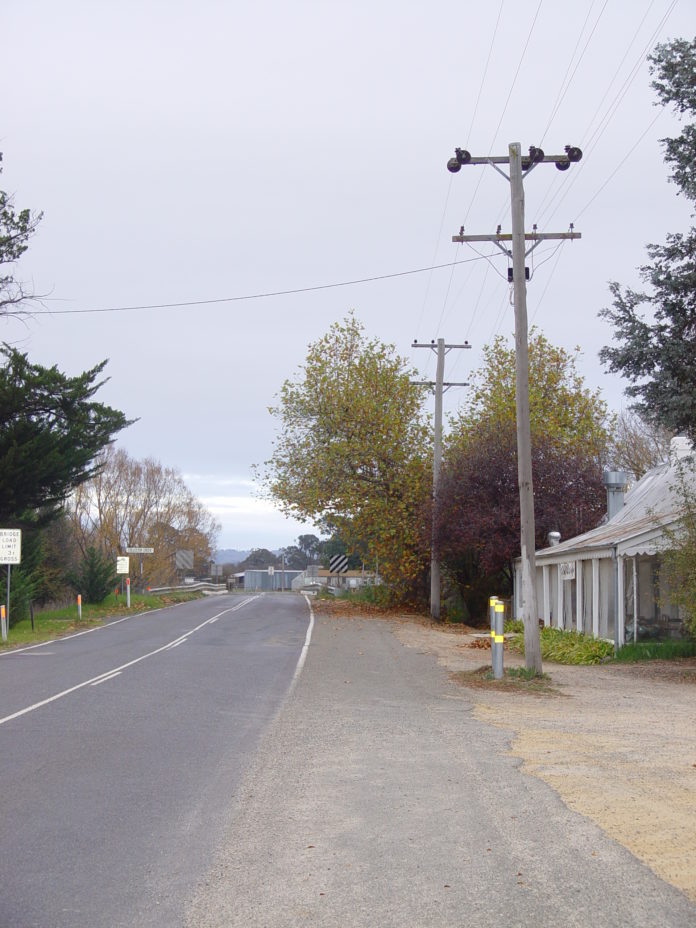
AMA Position Statement on Regional Training Networks
The AMA is calling on all Australian governments to collaborate on the creation of Regional Training Networks to maximise resources and expertise to produce a high level medical workforce in sufficient numbers to meet the future health needs of rural and regional Australian communities.
The AMA plan is detailed in the AMA Position Statement on Regional Training Networks, released today.
AMA President, A/Prof Owler, said that medical workforce shortage is a major health issue, particularly for rural and regional Australia.
“The overall distribution of doctors is skewed towards the major cities,” A/Prof Owler said.
“The available evidence shows that one of the most effective policy measures to address rural workforce shortages is the delivery of training in rural areas.
“If doctors have a good training experience in a rural area, they are more likely to stay.
“The AMA is promoting the establishment of regional training networks (RTNs) to bolster rural training opportunities, and to provide a valuable and meaningful career pathway for junior doctors who want to work in regional and rural Australia.
“Our plan would see the development of models for regionally-based specialist medical training that meets the needs of regional and rural communities.
“It is one part of a comprehensive set of policies needed to address regional and rural workforce shortages.
“The development of RTNs would help to promote careers in regional and rural centres and improve patient access to medical care.
“Many medical students have positive training experiences in rural areas, but prevocational and specialist medical training often requires a return to metropolitan centres.
“At this point in their lives, trainees develop personal and professional networks that are important to their future life and career path, and many are less likely to return to practise in rural areas.
“RTNs would enable junior doctors to spend a significant amount of their training in rural and regional areas, only returning to the city to gain specific skills.
“The AMA wants to build on the investment that has already been made in training medical students in regional centres, and expand that to trainee prevocational and specialist doctors.
“We currently recruit almost a quarter of medical students with rural backgrounds and almost a quarter of Australian medical students go through Rural Clinical Schools.
“We have the graduates – now we need effective training pathways to convert into them into a well-distributed workforce for the future,” A/Prof Owler said.
Background:
In 2012, major cities had the highest rate of doctors – 394 per 100,000 population.
In 2012, remote and very remote areas had the lowest rate of doctors – 222 per 100,000 population.
An example of a Regional Training Network is the South West Victorian Regional Hub, which was established by the Royal Australasian College of Surgeons (RACS) for general surgery.
Using the principle that people trained in regional areas are more likely to remain or return to regional areas, the Hub involves four regional hospitals – Geelong, Ballarat, Warrnambool, and Hamilton.
Metropolitan partnerships have been developed with St Vincent’s Hospital and the Alfred Hospital to provide further specialised rotations.
The AMA Position Statement on Regional Training Networks is at https://ama.com.au/position-statement/regional-training-networks-2014
